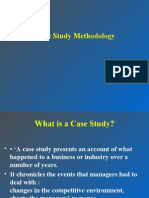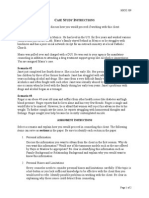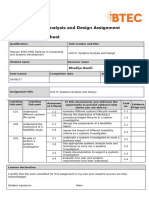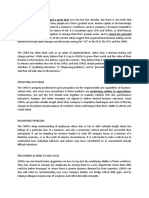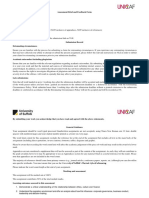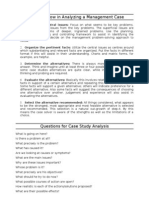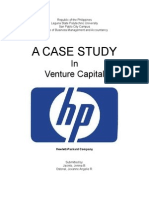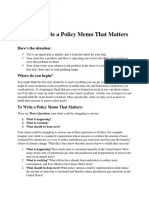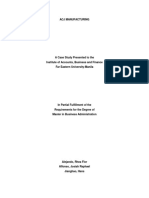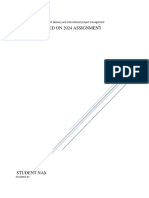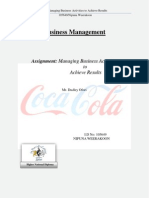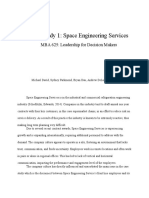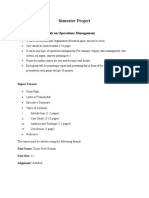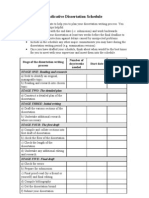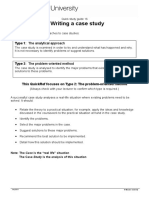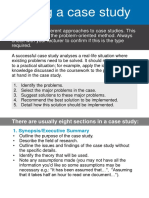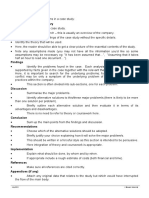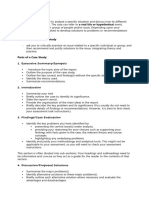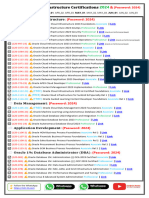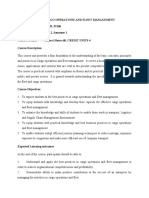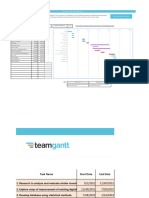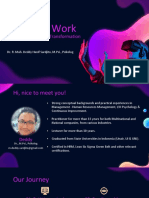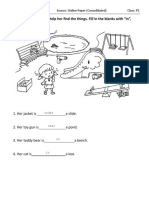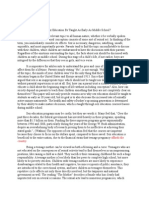0% found this document useful (0 votes)
208 views3 pagesWriting A Case Study
There are two approaches to writing a case study: analytical and problem-oriented. This guide focuses on the problem-oriented approach, which involves analyzing a real-life situation to identify major problems and suggest solutions. A successful case study will relate theory to practice, identify key issues, recommend solutions, and detail how to implement the best solution. The case study should follow eight sections: executive summary, findings, discussion, conclusion, recommendations, implementation, references, and optionally appendices.
Uploaded by
George MaroulisCopyright
© © All Rights Reserved
We take content rights seriously. If you suspect this is your content, claim it here.
Available Formats
Download as ODT, PDF, TXT or read online on Scribd
0% found this document useful (0 votes)
208 views3 pagesWriting A Case Study
There are two approaches to writing a case study: analytical and problem-oriented. This guide focuses on the problem-oriented approach, which involves analyzing a real-life situation to identify major problems and suggest solutions. A successful case study will relate theory to practice, identify key issues, recommend solutions, and detail how to implement the best solution. The case study should follow eight sections: executive summary, findings, discussion, conclusion, recommendations, implementation, references, and optionally appendices.
Uploaded by
George MaroulisCopyright
© © All Rights Reserved
We take content rights seriously. If you suspect this is your content, claim it here.
Available Formats
Download as ODT, PDF, TXT or read online on Scribd
/ 3

